This crosslinguistic study of the structure of motion predicates argues for the universal syntactic nature of the composition of manner and motion within the verbal constituent. In serial verb languages, manner and motion are overtly represented as two distinct morphosyntactic units, sequentially ordered.
Zubizarreta and Oh argue that the same analysis into two units holds for nonserial verb languages, albeit at a more abstract level. They argue further that this abstract level is part of the syntactic component of the grammar.The authors support their argument with a wealth of empirical data and a discussion of significant theoretical issues.
Unlike many books and articles that discuss the relation between constructional meaning and the lexicon, On the Syntactic Composition of Manner and Motion examines one phenomenon in detail: the articulation of manner and motion, in three distinct language families Germanic, Korean, and Romance.
The authors’ defense of the syntactic approach to constructional meaning will be of interest to linguists and psycholinguists both inside and outside the generative tradition, and to scholars of Romance, Germanic, and Korean languages.


![Affinity, That Elusive Dream: A Genealogy of the Chemical Revolution [Paperback]](https://booksandbook.com/wp-content/uploads/2023/11/Affinity-That-Elusive-Dream-A-Genealogy-of-the-Chemical-Revolution-Paperback-600x600.png)
![Better than the Best [Paperback]](https://booksandbook.com/wp-content/uploads/2023/11/Better-than-the-Best-Paperback-600x600.png)
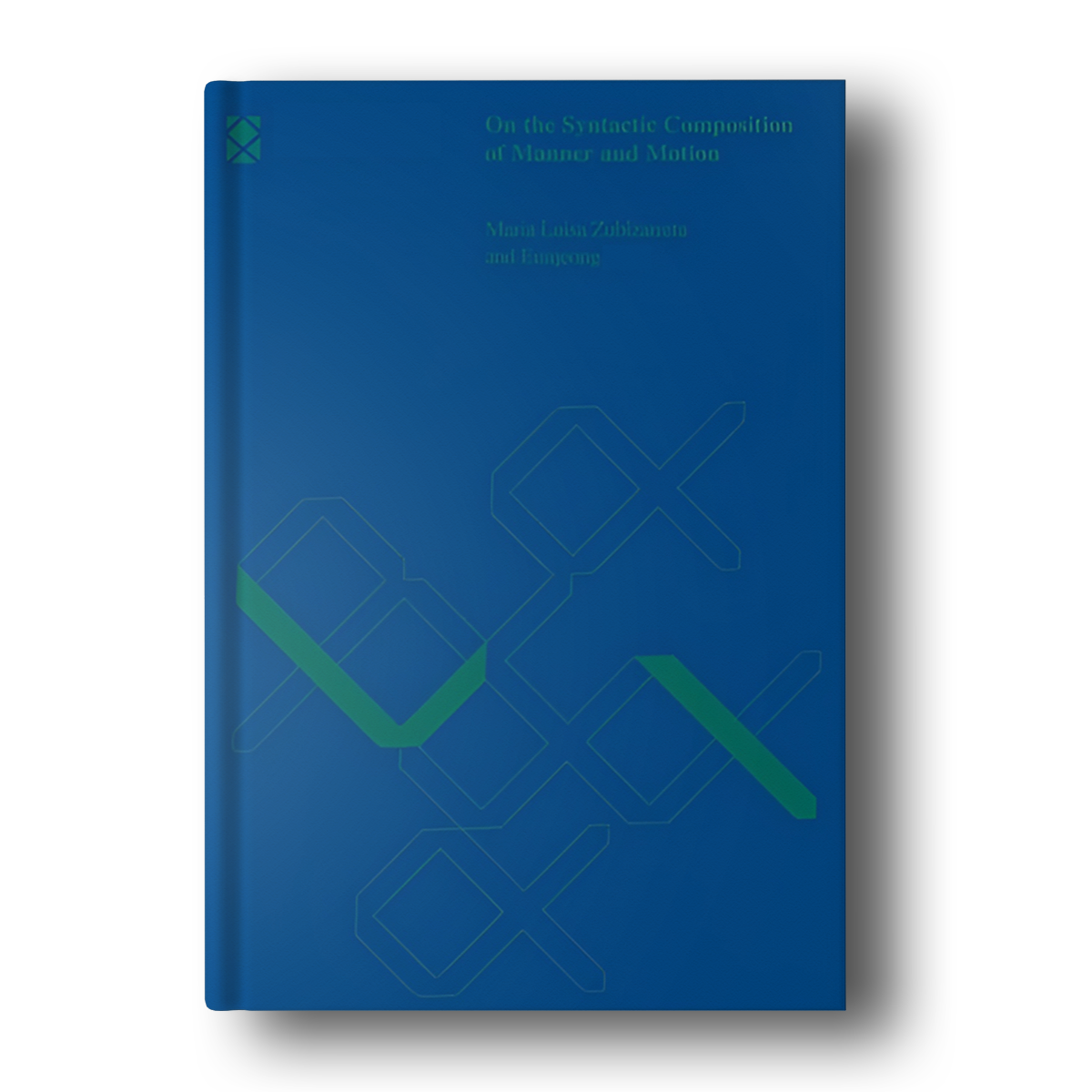
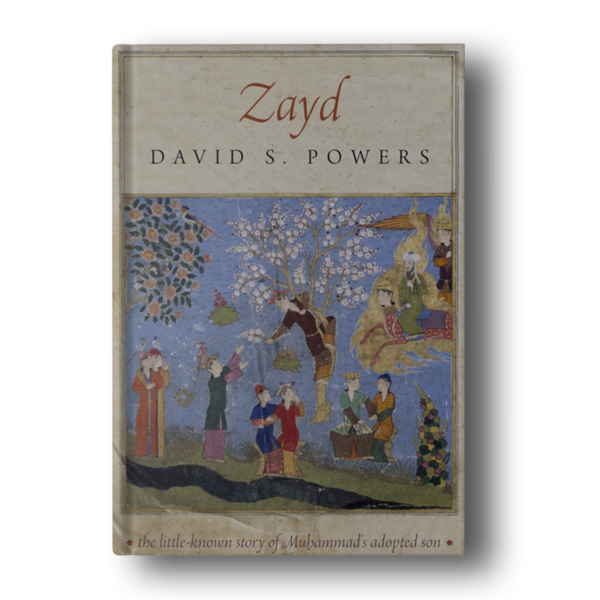

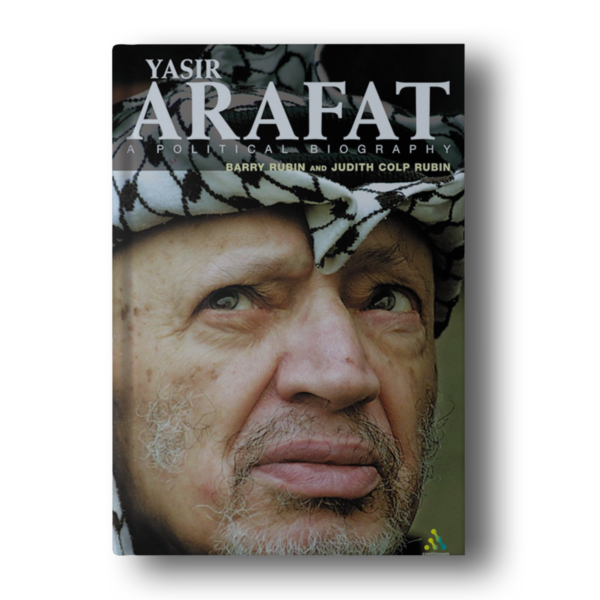

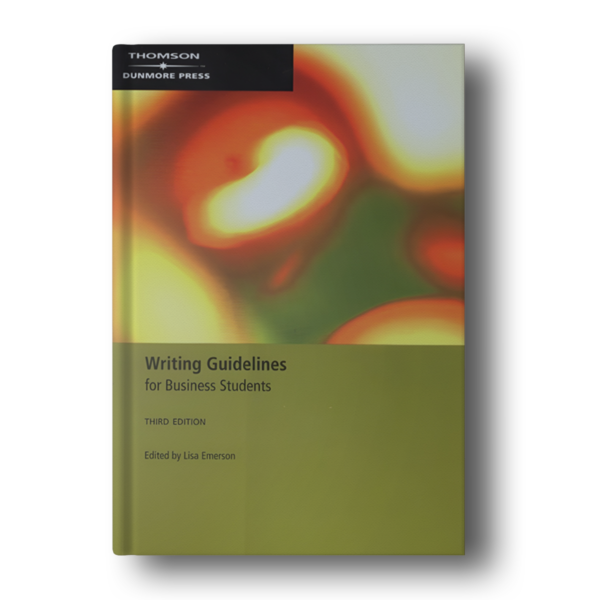
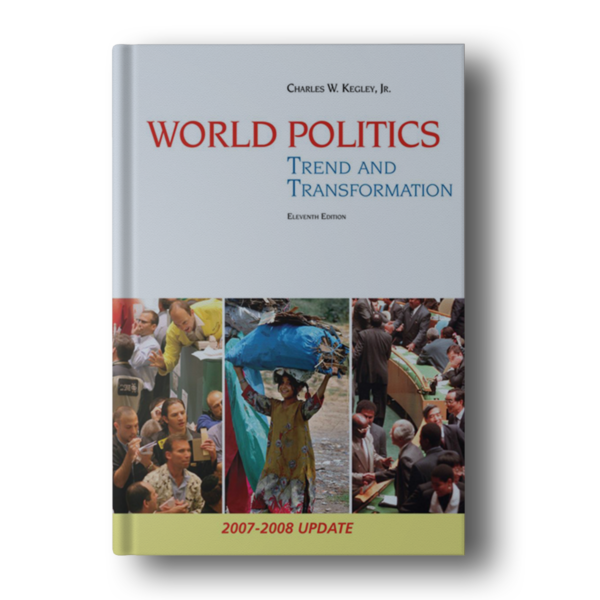




Reviews
There are no reviews yet.